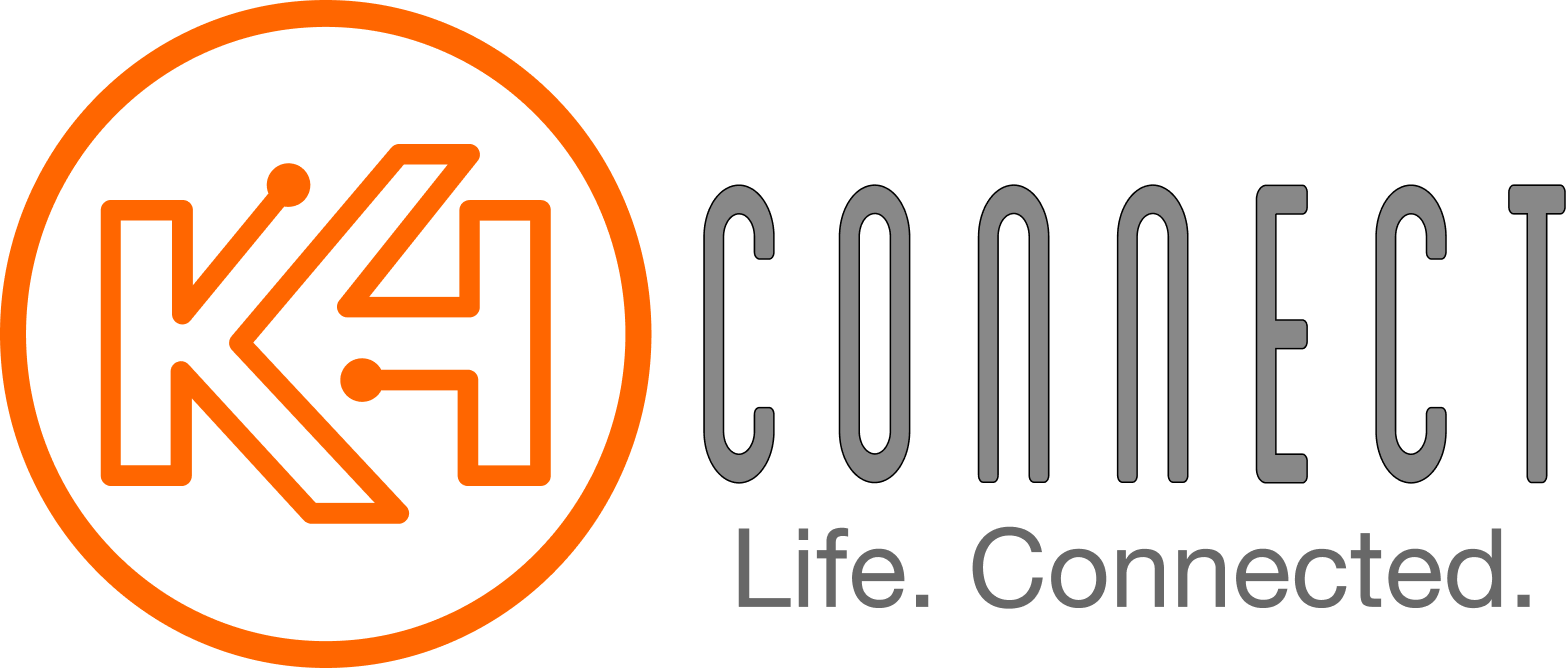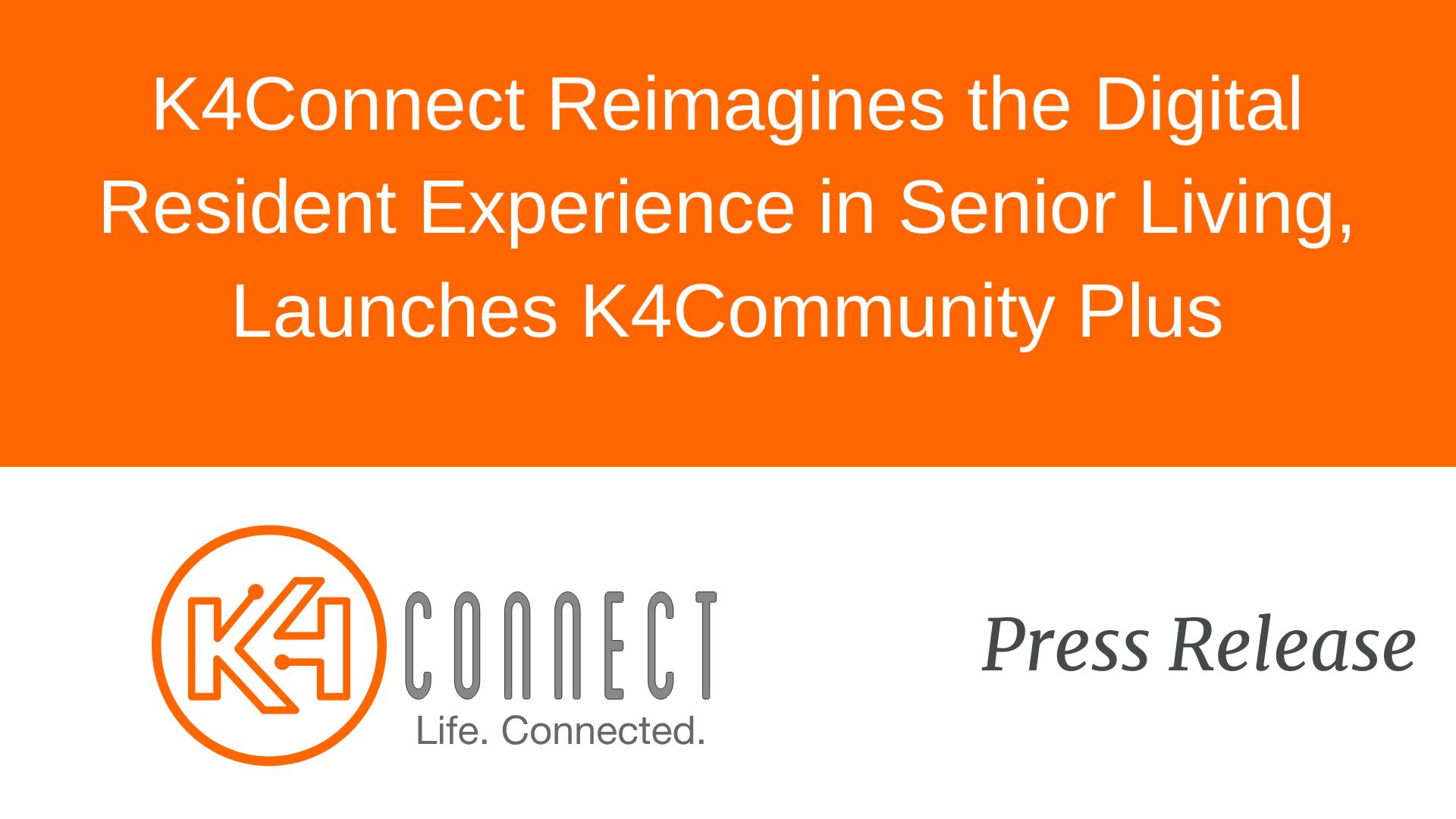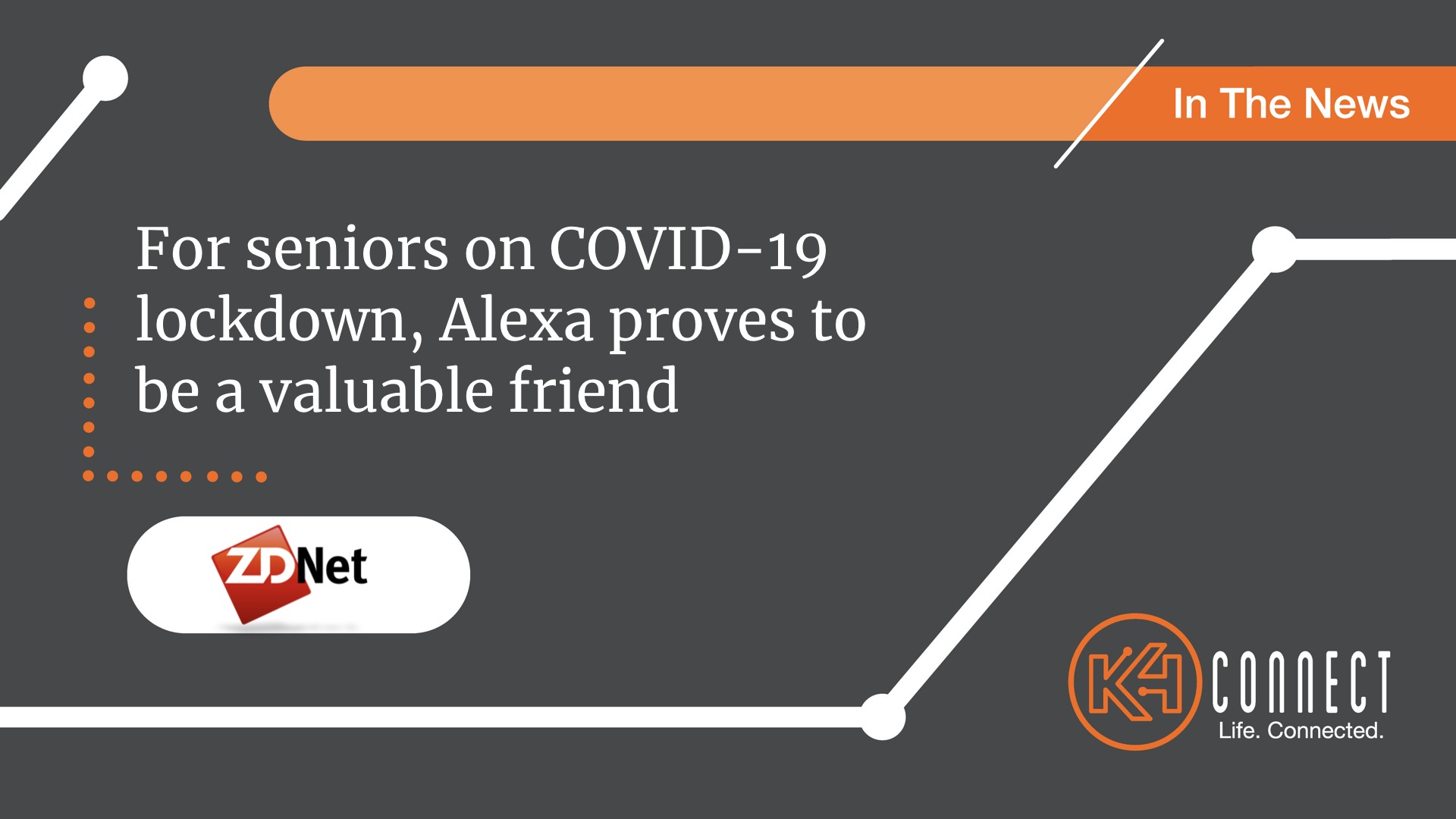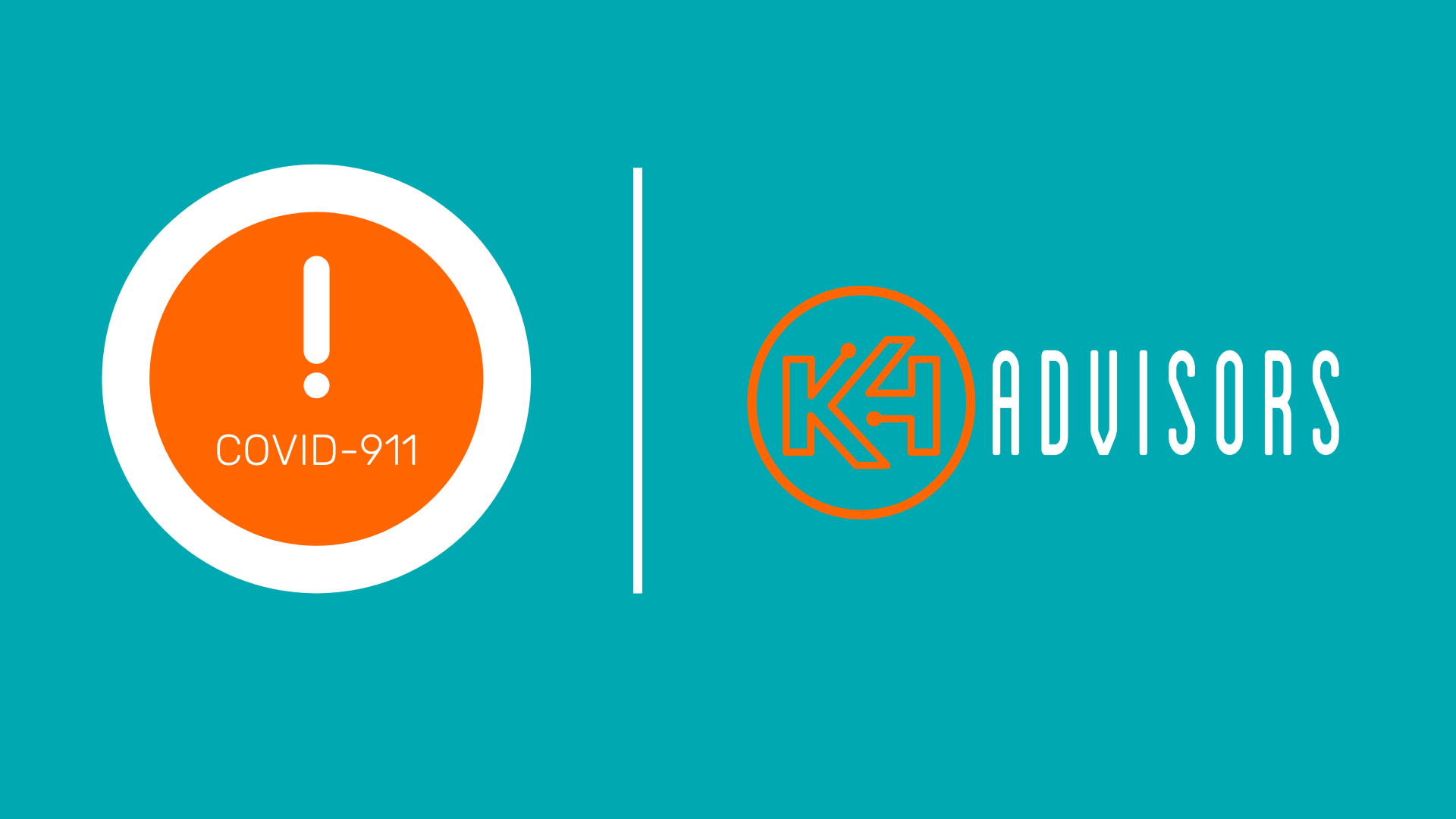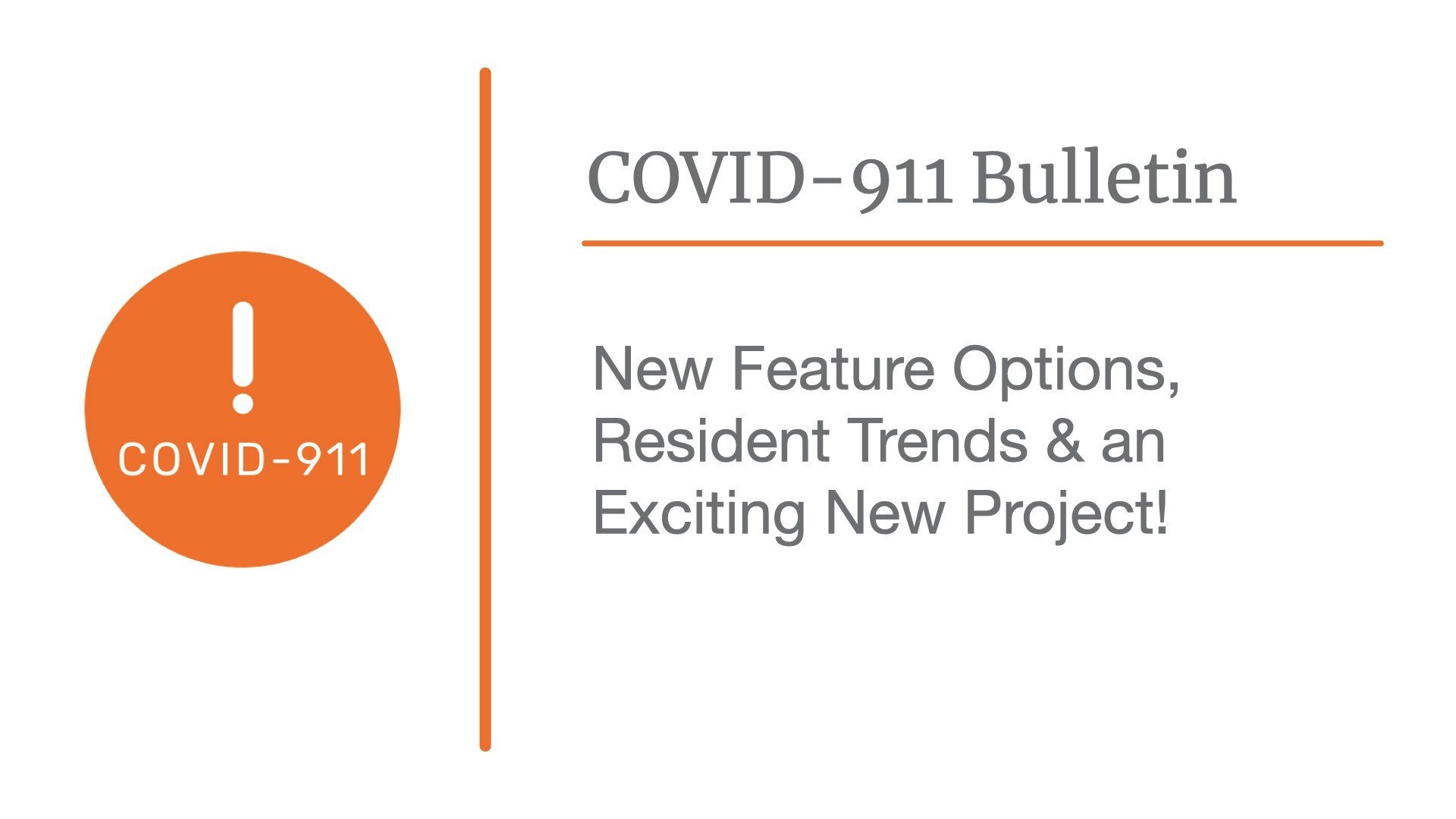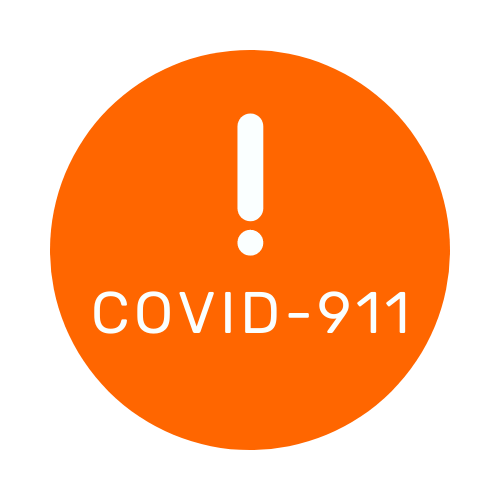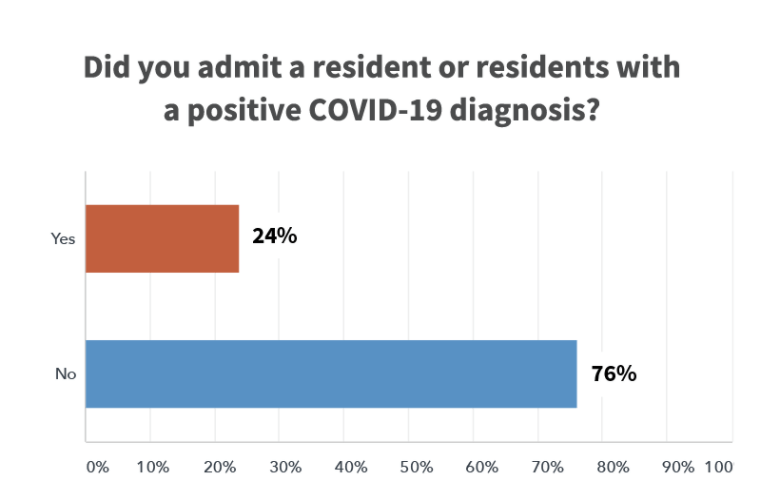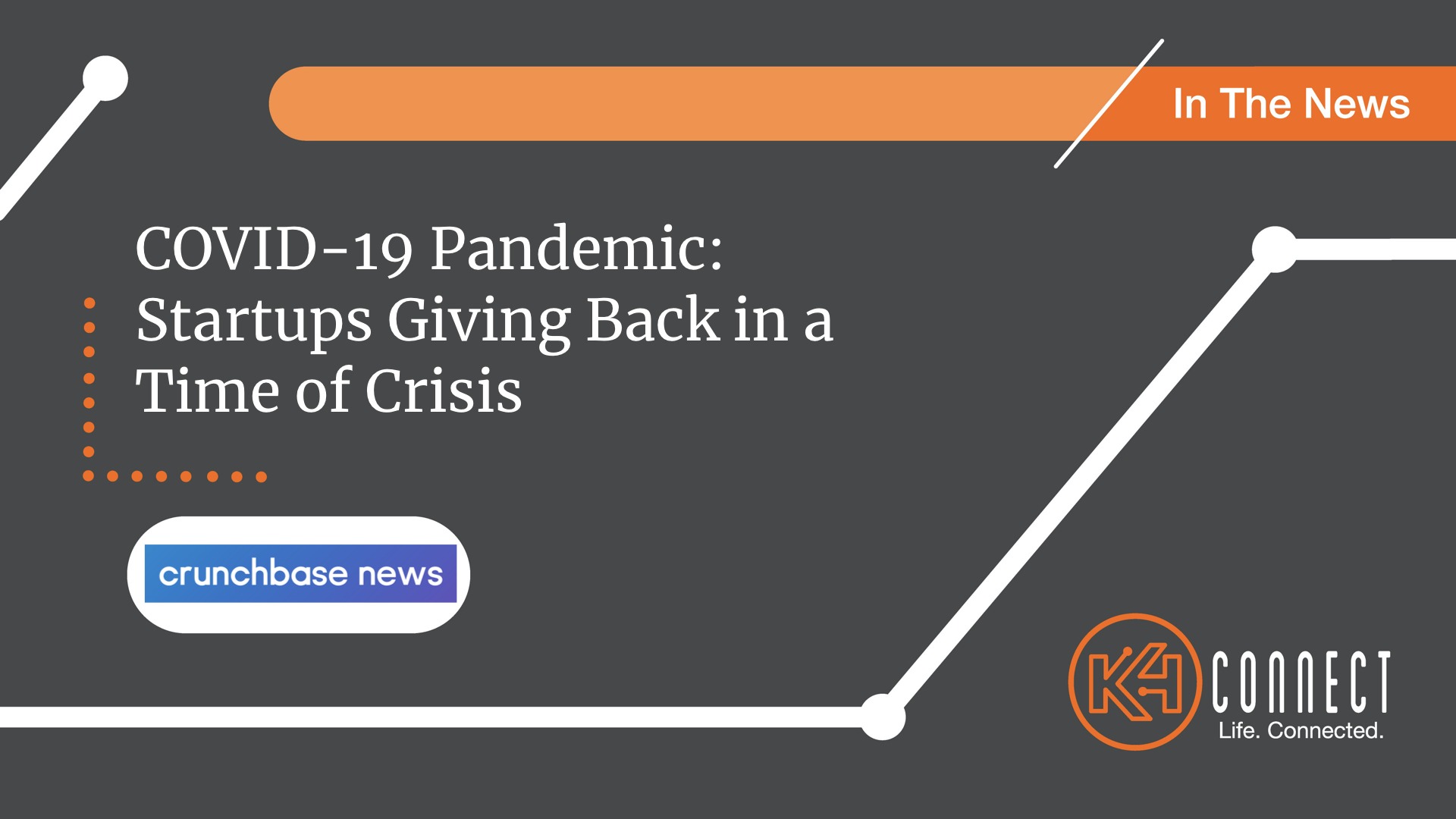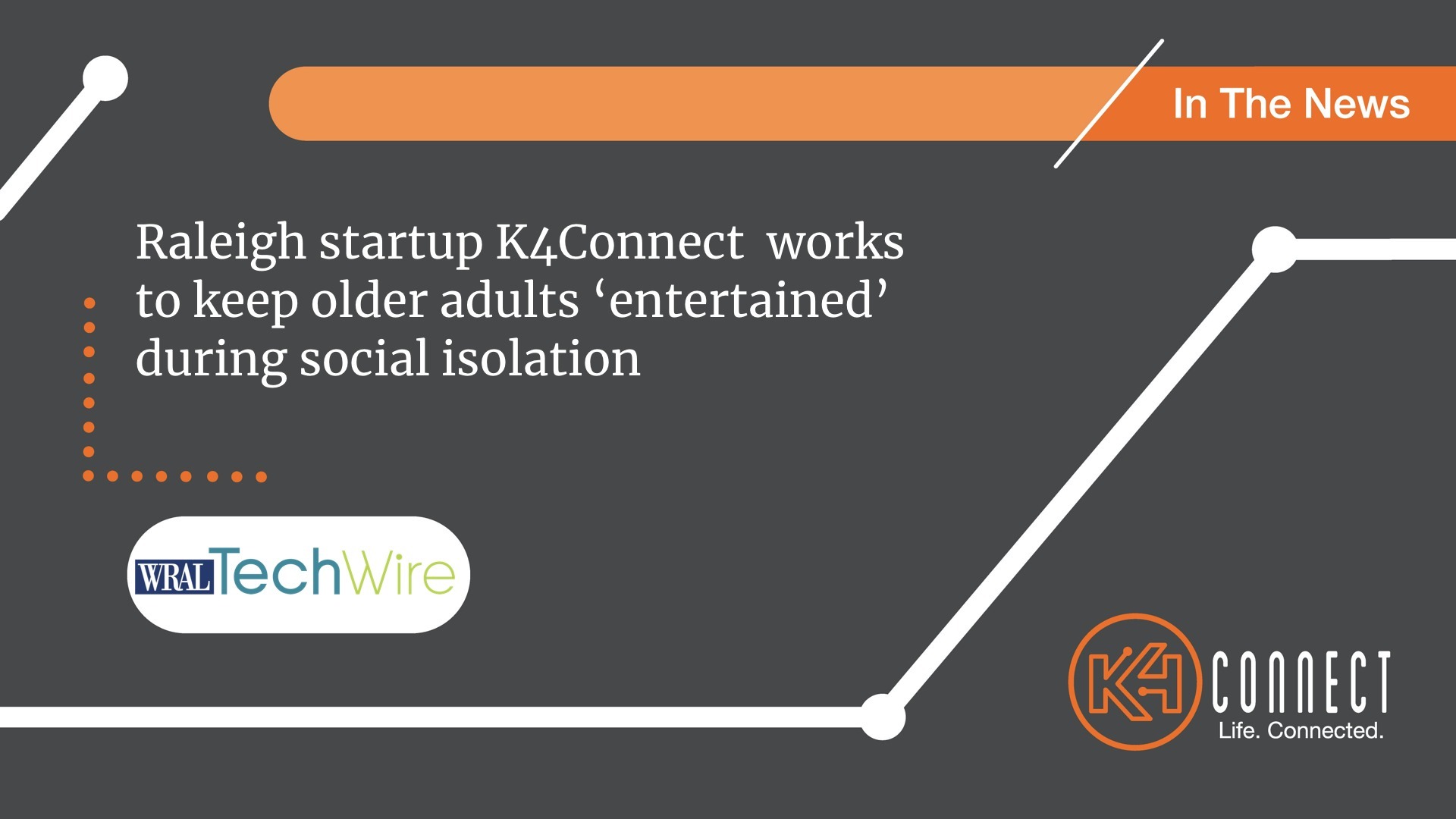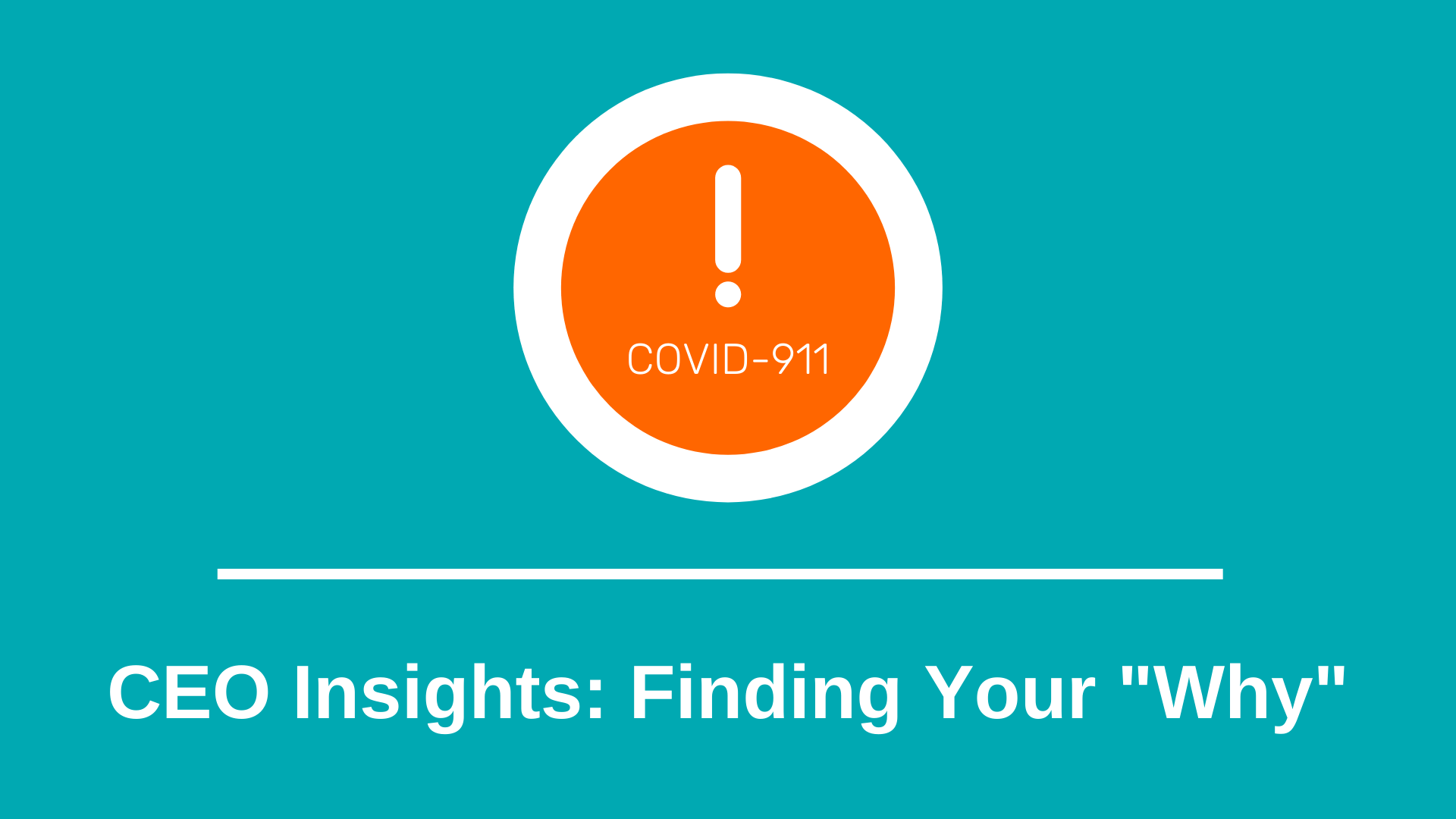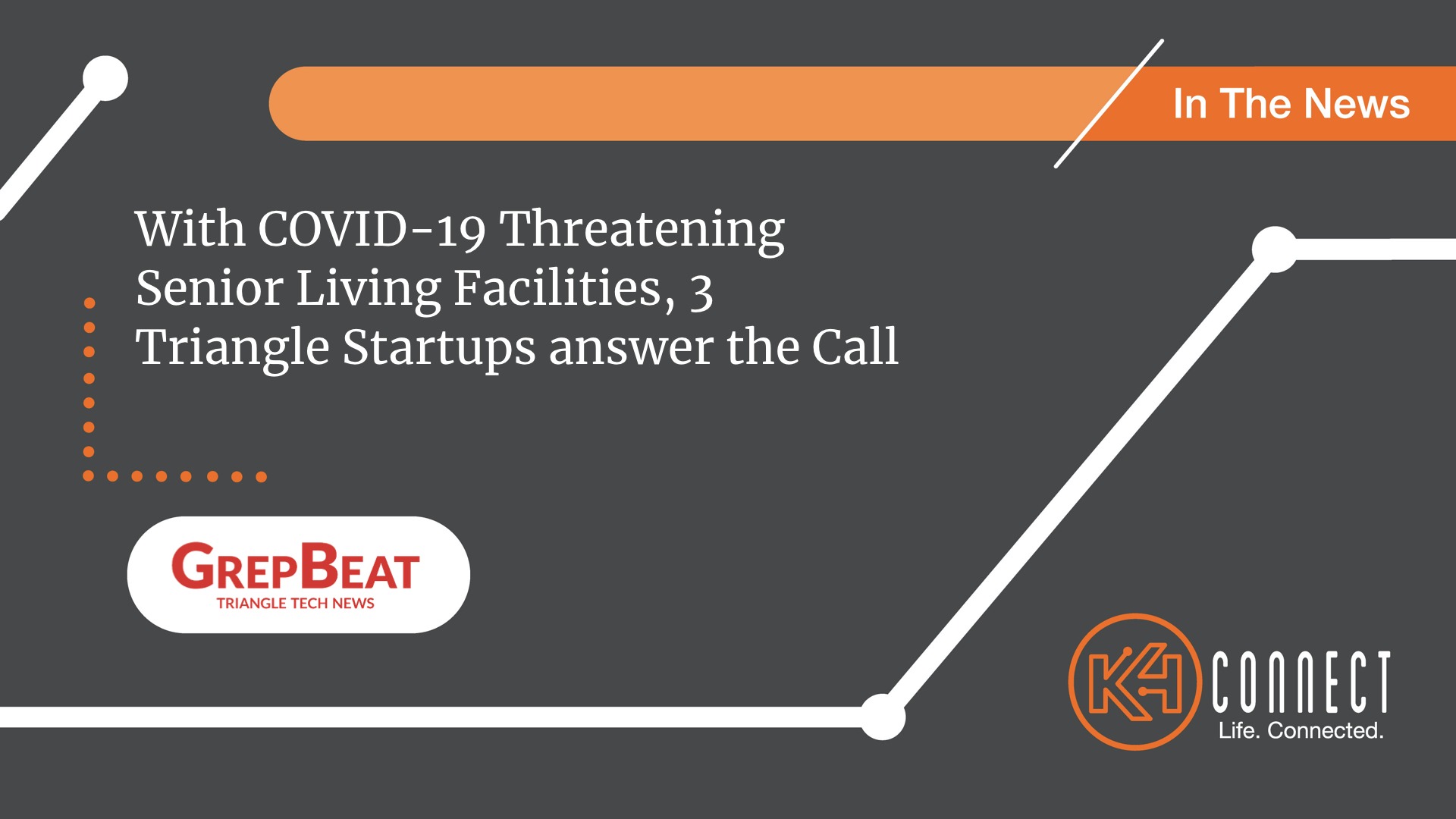Leading senior living technology innovator enhances flagship technology solution, introduces new app for older adults when they need it the most.
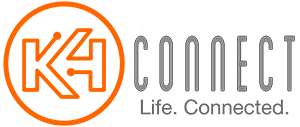
RALEIGH, N.C., April 22, 2020 — K4Connect, a mission-driven technology company that creates solutions that serve and empower older adults and individuals living with disabilities, today announced the release of its new K4Community Plus resident application. The new app redefines the digital experience for older adults, taking the best experiences of today’s popular social media platforms and integrating them into a sophisticated application specifically designed for them. K4Community Plus allows community residents to easily and efficiently connect with family and friends, engage and socialize with their community and fellow residents, as well as control their smart living environments all from their personal devices. K4Community Plus is now available to all existing K4Connect senior living community partners, as well as new partners.
“Our company exists to serve older adults through technology that adds value to their lives. This mission has never been more important than right now as older adults – and the senior living communities serving them – are turning to technology solutions to help manage the impact of the COVID-19 pandemic,” said K4Connect CEO and Co-Founder, F. Scott Moody. “K4Community Plus brings material present day utility to senior living, enabling communities and their residents to truly connect, communicate and engage in secure, meaningful ways both in and outside of the communities they live in. Isolation is one of the more significant challenges they’re facing today, which is why our expediting and releasing K4Community Plus now to better support them was incredibly important to us.”
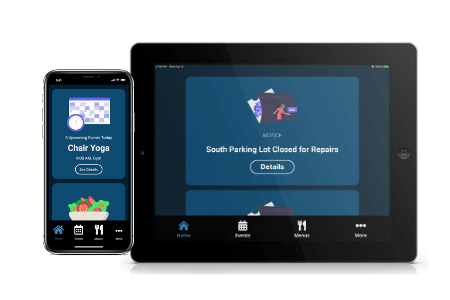
Even beyond today’s crisis, older adults today are increasingly engaged and interested in technology and online experiences. The K4Community Plus design and functionality is inspired by the ease and intuitiveness of social media platforms to bring older adults the ultimate digital experience in an application that uniquely suits their needs and lifestyles. Several senior living communities beta tested the new application and as White Horse Village resident Sam G. said of the experience, “I’ve been very happy with the [K4Connect] program and hope to have it expand to include many other goodies! This technology is the future!”
The solution integrates the latest in communication, engagement, smart home and information technologies to promote better, more independent lives for residents. Through K4Connect’s patented operating system, called FusionOS, senior living communities benefit from comprehensive enterprise technology deployment, management and support, enabling seamless integration with community systems and minimal management or training required of staff teams.
Key K4Community Plus capabilities include:
- Community Social Feed – Senior living communities can now reach residents with a wide variety of curated content and important information in the style of a social media feed. Residents can securely browse community updates and information, browse external content like news articles, and directly engage with community activities and events (save, sign-up, etc.).
- Dynamic Communications & Voice – Communications features span the ability to message and call fellow residents as well as voice-activated options for resident-to-resident communication with the “Alexa, Call My Neighbor” feature. Voice features also include numerous ways to communicate with staff whether using Alexa to call the front desk or get the latest community updates through our voice-activated Hotline feature.
- Friends & Family Experience – Loved ones stay connected to residents and the community with constant access to important community information and updates (a particularly critical tool as communities continue to navigate COVID-19) and direct communication with their resident family member through the only native video calling social feature in senior living, as well as messaging, and photo-sharing.
- Customized Smart Home – Residents can control and customize their smart living environments, such as temperature and lighting settings, directly from their mobile or tablet device.
- Optimized Community Information & Programming – Residents have their community at their fingertips by bringing community information, communication and programming to a digital platform. From important announcements and dining menus to virtual or in-person events and activities, residents are not only able to remain informed but also encouraged to engage and socialize with their communities. The events reporting tool also brings value to staff, providing insight into trending resident interest in community activities that can inform future programming.
In response to the continued impact of the Coronavirus on the senior living industry, K4Connect is offering fully remote installation of K4Community Plus to any senior living community at no cost for the coming months. Reach out to the company at CovidInfo@K4Connect.com for more information.
K4Connect is the leading provider of enterprise-grade technologies for senior living communities, currently serving tens of thousands of residents at over 800 premiere continuing care, independent living, assisted living and memory care communities across the nation. The company’s flagship solution, K4Community, brings together the best in technology to serve residents, staff and operators alike. All communities currently using K4Connect’s flagship K4Community solution will continue to have access until they migrate to K4Community Plus.
To learn more about K4Connect and its technologies, visit us at:
https://www.k4connect.com/solutions/
About K4Connect:
K4Connect is a mission-driven technology company that creates solutions that serve and empower older adults and individuals living with disabilities, together with the people, communities and organizations that also serve them. We believe the future of senior living is in enabling Smart Senior Living Communities through tech-based solutions that truly impact the lives of older adults, wherever they live. Our premier solution, K4Community, provides smart products and features across Home, Wellness, and Engagement for residents, and Productivity, Building, and Insight for staff and operators.
Based in Raleigh, N.C., K4Connect is currently serving tens of thousands of senior living residents and staff at over 800 continuing care, independent living, assisted living and memory care communities across the nation. For more information, please visit www.k4connect.com.
